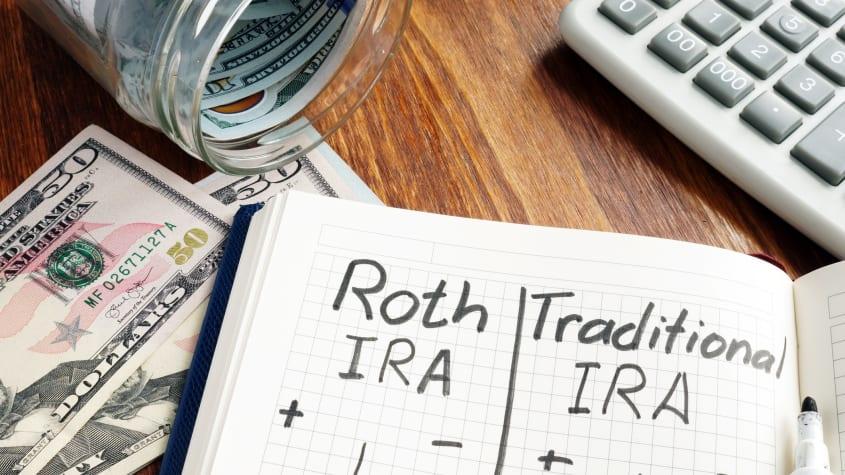You can’t read about investment for very long without hearing about inflation. The concept may be a little difficult to understand, but at its most basic, it comes down to the following: prices rise over time, causing your money to lose some purchasing power. If you could buy a car in 1980 for $5,500 and a comparable make and model for $49,000 in 2022, that speaks to the change in purchasing power. Sure, your 2022 model probably has a nicer stereo and several other value-added gizmos, but for the most part, your $5,500 doesn’t have the same purchasing power in 2022 that it had in 1980.1
In 2022, we’re seeing inflation like nothing we’ve encountered in decades. It’s risen above 8% at times, sending prices through the roof. Inflation is charted in part by measuring the changes in what consumers pay through the Consumer Price Index against the Producer Price Index, which measures the prices that producers receive for their products. Through this, the Federal Reserve finds that the rate that indicates ideal employment and prices is 2%. What moves the needle? There are a number of factors, including demand-pull inflation, where demand for a good or service increases, but the supply filling that demand stays the same, causing prices to increase. The opposite can also be a factor with cost-push inflation, where the supply of a good or service is low, causing the prices to go up.2
What can you, as an investor, do to fight inflation? The general strategy in this case is to weather the storm, which can be helped in some ways by diversifying your investments. This often means a combination of equities and bonds along with other products like REITs and TIPS. However, this typically only works if you are already invested as the inflation rises. Other investors take advantage of the more consistent returns of bonds in these periods. While it’s true that the returns of bonds are more consistent than other investments, they are also much lower.1,2
Weathering high inflation periods can be difficult for investors, but sensible strategies and careful management may help you maneuver through the tumult. The only free lunch on Wall Street is a well-diversified portfolio that mirrors where you are in the Financial Life Cycle. Given the uncertainty of the ecomony in 2023, it is best to stay true to your portfolio allocation knowing that it was initially set to accomplish your financial goals. The worst thing you can do is to deviate from your plan and react to volatile financial markets. Allow your portfolio to perfom as intended and you will be rewarded with a reduction of risk, preservation of capital and peace of mind.




